XYCOM XVME-560
XYCOM XVME-560 Overview
The XYCOM XVME-560 is a 32-channel analog input module developed by Xycom (now known as XYCOM). The common part number is 70560-001. This module is widely used in industrial control, data acquisition, and semiconductor equipment applications that require high-speed, multi-channel analog signal sampling.
Key Technical Specifications
| Parameter | Description |
|---|---|
| Number of Channels | 32 channels (configurable as 64 single-ended or 32 differential inputs) |
| Resolution | 12-bit (optional 14-bit or 16-bit versions available) |
| Sampling Rate | 20 kHz or 50 kHz (selectable) |
| Input Voltage Range | ±5 V (standard), jumper-selectable ranges: ±10 V, ±2.5 V, 0-10 V, or 0-5 V |
| Gain Settings | Programmable gain of 1, 2, 4, or 8 (software-adjustable) |
| Data Transfer | Supports DMA transfer; includes digital I/O capability |
| Interrupts | Supports any VMEbus interrupt level (11–17) |
| Form Factor | VMEbus-compatible backplane module; standard VME-64 slot |
| Firmware Version | 70560-001 F/W REV 1.2 |
Functional Features
- High Integration:
The analog front-end is separated from the non-intelligent core, allowing direct use in standard VME systems. - Flexible Voltage and Gain Configuration:
Both jumpers and software allow quick switching between input ranges and gain levels to match various sensor types. - High-Speed Sampling:
Up to 50 kHz sampling at 12-bit resolution meets real-time control and high-speed data acquisition requirements. - Reliable VMEbus Compatibility:
Fully supports multi-level interrupts, DMA transfer, and standard VME-64 signaling, enabling easy integration with existing VME controllers. - Configurable Options:
Multiple versions available — 20 kHz/50 kHz, 14-bit/16-bit, ±2.5 V/±10 V, etc., allowing users to choose the best fit for their application.
Typical Applications
- Multi-channel analog signal acquisition in industrial process control systems
- Sensor data input for semiconductor manufacturing equipment
- High-speed analog sampling for laboratory instruments
- Distributed Control Systems (DCS) requiring numerous analog input channels
Summary
The XYCOM XVME-560 is a powerful VMEbus analog input module featuring 32 channels, 12-bit (upgradable) resolution, and flexible voltage/gain configurations. It provides a reliable and efficient solution for industrial automation and high-end equipment requiring high-speed, multi-channel analog data acquisition.
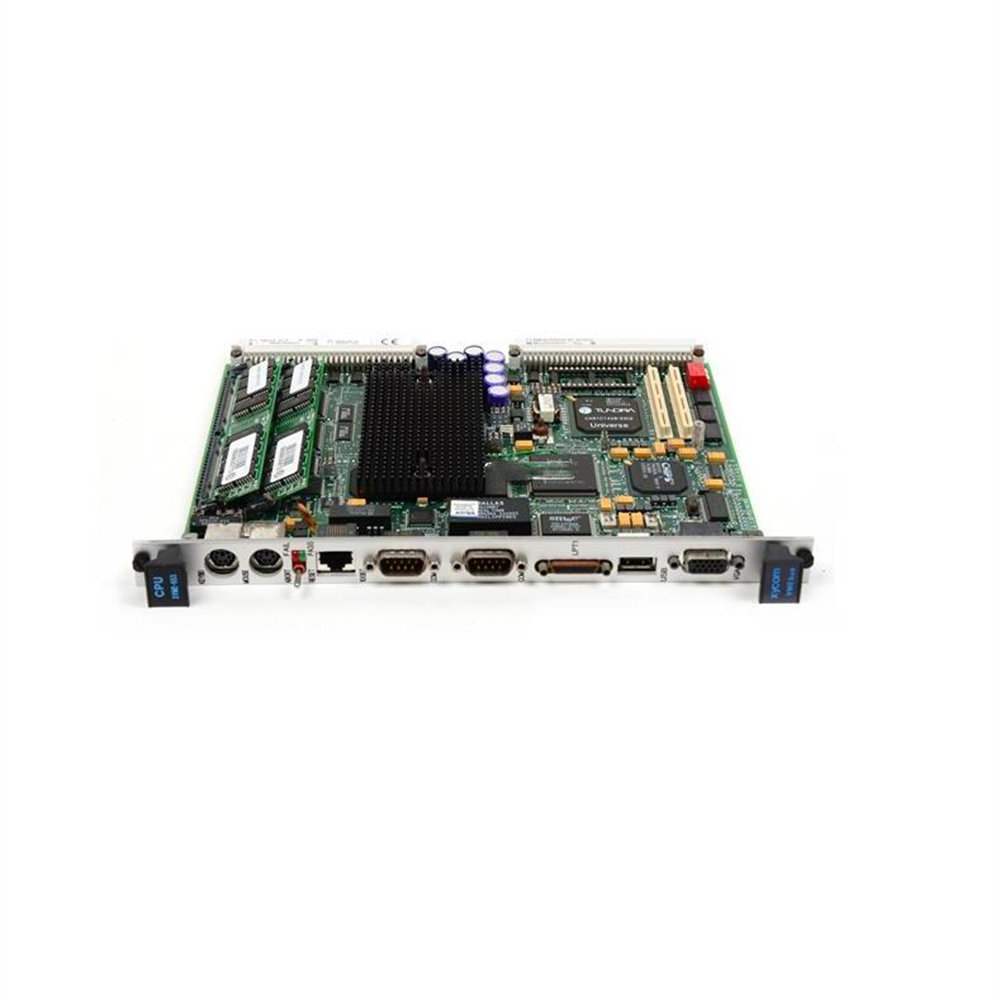
ABB Allen-Bradley Alstom Bently Emerson Foxboro
GE MOOG Schneider Woodward HIMA Honeywell
ABB 5SHY series hot selling//large inventory//brand new//affordable price
First hand source, affordable price. Spot inventory!
•Shipping Port: Xiamen
•E-mail: sales7@saulplc.com
•Tel: + 86-15359273796(WhatsApp)
•Ship to you via Fedex/DHL/TNT/UPS/EMS
•Package: Original packing with cartons

Our Services
✹Fast worldwide delivery
✹More than 551,867 unique products available
✹Guaranteed best prices on the market
✹Functionally tested products
✹More than 5.000 brands available
✹Every item is dealt with high care and fully operational
More brands//More models//Hot selling inventory//Welcome to inquire
High-Availability Parts Database (Top Demand Models)
1. Distributed Control System (DCS) Critical Components
│
├─ ABB 800xA System
├─ Comm Module: 3AUA0000110429 (Redundant Config)
└─ Controller Card: SYSCON2 746924 (v2.3 Firmware)
│
├─ Foxboro I/A Series
├─ FBM214 (16-Ch AI Card | ±0.1% Accuracy)
└─ FBM242 (HART-enabled AO Module)
│
├─ Triconex TMR Safety System
└─ Triple Modular Redundancy: 3625X (SIL3 Certified | MTBF >500k Hours)
2. Programmable Logic Controller (PLC) Fast-Moving Parts
│
├─ Allen-Bradley Top Models
├─ 1734 Series I/O: IB8 (8-pt Input | -40~70℃ Industrial Grade)
└─ ControlLogix Module: 1756-IM16I (16-Ch Isolated Input)
│
├─ GE MarkVIe Specialized Components
└─ IS220UCSAH1A (Turbine Control Dedicated | With Dynamic Calibration Report)
3. Turbine Supervisory Instrumentation (TSI) Core Sensors
│
├─ Bently Nevada 3500 System
├─ 3500/22M (Radial Vibration Monitor | TÜV Certified)
└─ 3500/53 (Shaft Position Module | ±1μm Precision)
│
├─ EPRO Smart Probe System
└─ MMS6312 (Vibration/Temperature Combo | IP67 Rated)
DCS vs. PLC vs. SCADA: What’s the Difference?
While DCS, PLC (Programmable Logic Controller), and SCADA (Supervisory Control and Data Acquisition) systems are all used in industrial automation, they serve different purposes:
-
A DCS is ideal for complex processes requiring high reliability and coordinated control over a large area.
-
A PLC is typically used for discrete control tasks such as assembly lines or machinery.
-
SCADA focuses on supervisory-level monitoring and data gathering across geographically dispersed assets.
In many modern installations, DCS and SCADA functionalities are integrated to leverage the strengths of both systems.
Applications of Distributed Control Systems
DCS technology is widely applied in industries such as:
-
Oil & Gas Refining
-
Power Generation
-
Chemical and Pharmaceutical Manufacturing
-
Water and Wastewater Treatment
-
Food and Beverage Processing
Conclusion
A Distributed Control System (DCS) offers a robust, scalable, and efficient solution for managing complex industrial processes. Its distributed nature not only enhances reliability and safety but also supports continuous operational improvement through integrated monitoring and control. Industries relying on precision, safety, and uptime continue to adopt and evolve DCS technology for smarter automation.
Optimization Notes:
-
✅ Target keywords included: Distributed Control System, DCS, industrial automation, process control, sensors and actuators, HMI, SCADA vs. DCS.
-
✅ Structured with clear headings and bullet points for readability.
-
✅ Content is comprehensive and answers likely user queries.
-
✅ Includes related terms like PLC and SCADA for context and SEO relevance.

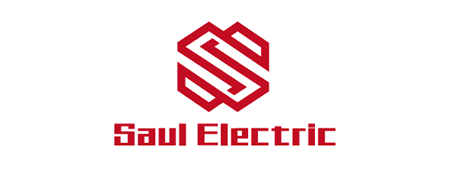

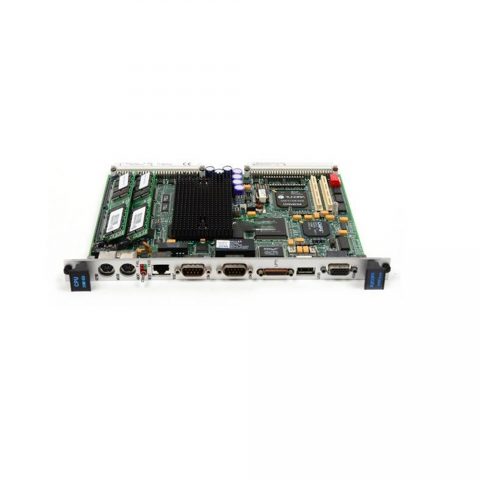
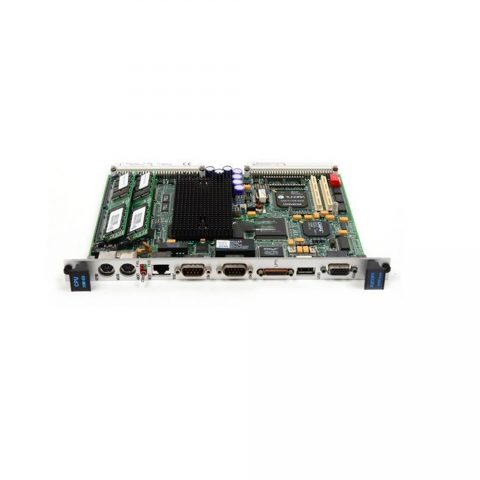
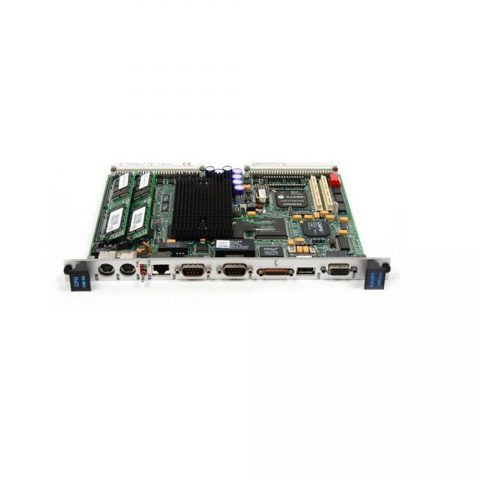
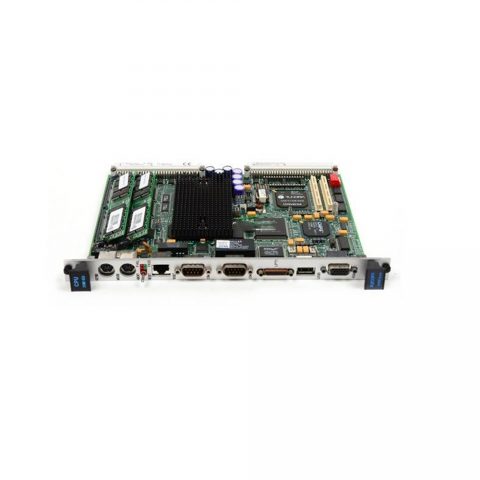
There are no reviews yet.